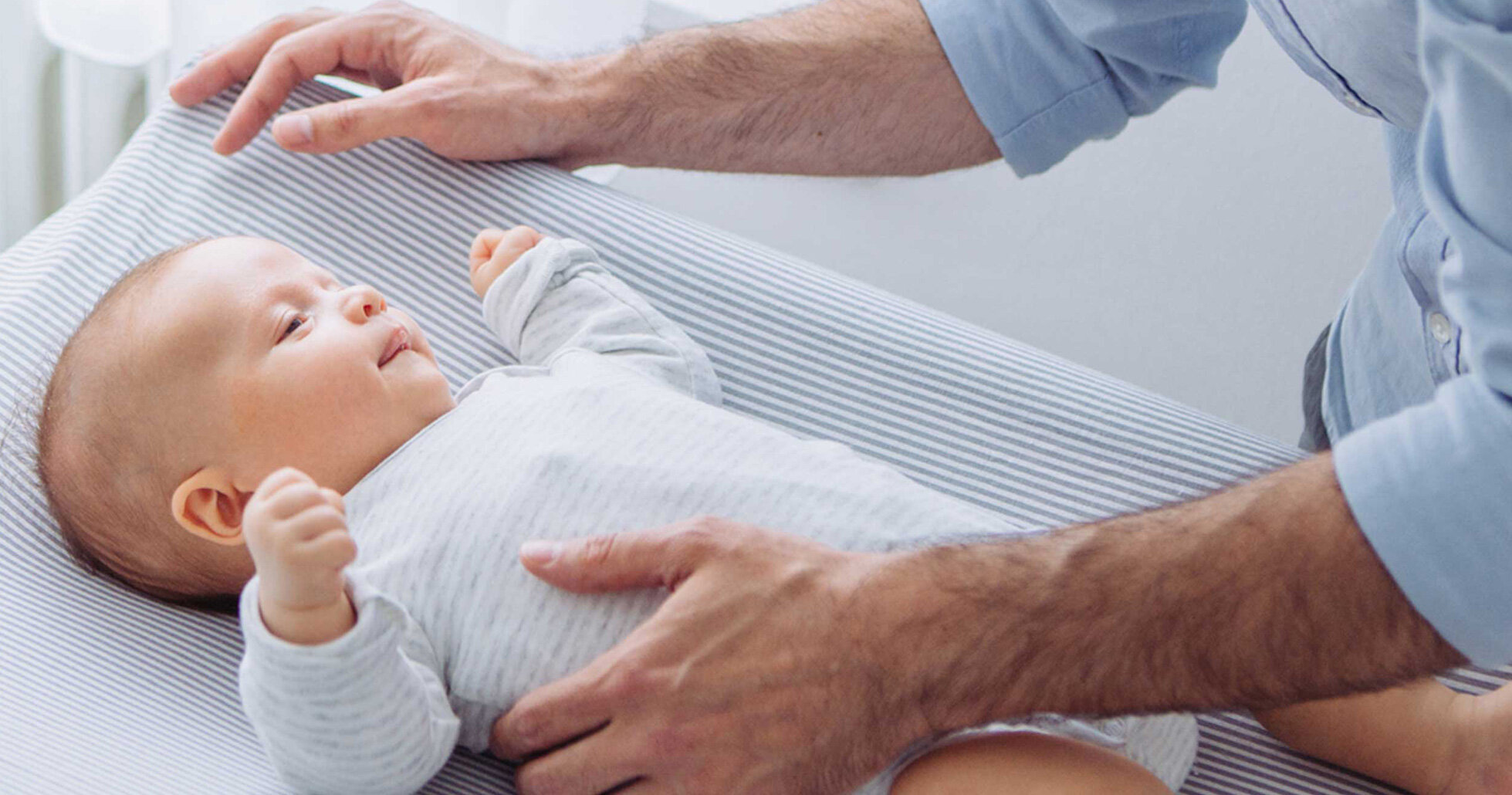
Babies 0 - 3 months
The assessment and procedure take place on the same day.
Preparation
It is best if your baby is hungry at the time of the procedure. This helps to encourage immediate breastfeeding or bottle feeding afterwards. Feeding helps to soothe and comfort your baby. It is naturally OK to feed your baby if the timing of feeds doesn’t work out as planned.
Assessment
During the consultation we discuss your baby’s feeding history in detail and any other concerns you may have. I perform a physical assessment of the appearance and function of the tongue. We then discuss the risks and benefits of the procedure in each case.
The Procedure
In this age group I typically release the tie with a strabismus scissors. This is the gold standard tool for this age group according to the Academy of Breastfeeding medicine. It is also the preferred tool of ENT surgeons in Ireland. I do not use any local anaesthetic in this age group as it can often affect the feed immediately after the procedure which can delay the initial recovery.
I may recommend body work or osteopathy if clinically indicated and worthwhile.
I may also recommend wound massage if clinically worthwhile.


Babies 3 - 12 months
The assessment and procedure typically occur on same day, but on occasion a second visit is required.
Preparation
It is best if your baby is hungry at the time of the procedure. This helps to encourage immediate breastfeeding or bottle feeding afterwards. Feeding helps to soothe and comfort your baby. It is naturally OK to feed your baby if the timing of feeds doesn’t work out as planned.
Assessment
The assessment involves a detailed history of any clinical concerns. I then perform a physical assessment of the appearance and function of the tongue.
The Procedure
Once your baby grows a little older, we often see an increased blood supply to the frenulum or tongue tie. if the frenulum is suitable I will use a strabismus scissors to release the restriction. The scissors release is best for reduce post procedure pain and reduced tissue scarring.
I may recommend a CO2 soft tissue laser in this age group if there is a higher risk of bleeding. I apply local anaesthetic numbing agent before performing the release. I recommend regular pain analgesia for 48 hours after the procedure.
I may recommend wound massage and post-frenotomy exercises if there is a thick restriction with a higher risk of significant reattachment.
I will often recommend body work with a local practitioner in your area to help achieve optimal tongue function.

Children 1 - 12 years
I provide assessment only will direct referral for frenotomy with a consultant surgeon.
Assessment
The assessment involves a detailed history of any clinical concerns. I then perform a physical assessment of the appearance and function of the tongue. I performed a detailed functional assessment in this age group.
The Procedure
This age group generally require sedation. A general anesthetic will be required and will be provided by a consultant anaesthetist.
The procedure will be performed by a consultant ENT surgeon.
The procedure will be performed at either Blackrock clinic or the Royal Victoria Eye and Ear Hospital in Dublin.

Teenagers & Adults
The assessment and procedure occur over two visits to the clinic.
Assessment
The assessment involves a detailed history of any clinical concerns. I then perform a physical assessment of the appearance and function of the tongue.
The Procedure
CO2 laser frenotomy - I recommend a CO2 laser frenotomy in this age group..
The tongue tie is divided under local anaesthetic using a CO2 laser.
I will often recommend post frenotomy exercises for this age group.
I will often recommend optional body work with a practitioner in your local area to help achieve optimal tongue function.

Understanding the Risks
Bleeding
A small amount of bleeding post division is common and to be expected. Allowing the baby to feed treats this best, as feeding will compress the floor of the mouth. There is a 1:300 chance of a minor bleed which may require pressure with a gauze for up to 5-10 minutes. There is a 1:10,000 chance of continued bleeding after this. There are certain contra-indications to having a frenotomy i.e. surgery should not be used because it may be harmful to the baby.
Family history of bleeding disorder e.g. Haemophilia, Von Willebrand’s Disease.
If your child did not receive Vitamin K at birth.
Infection
As for any surgical procedure there is a low risk of infection. I use only sterile disposable instruments. The risk of infection is approximately 1:10,000.
Reattachment
The frenotomy results in a diamond shaped wound underneath the tongue. The normal healing of tissue in the mouth may result in the wound sticking back together. The resulting scar may cause a recurrence. There appears to be a higher rate of recurrence in posterior tongue-ties.
The Procedure
The baby is wrapped or swaddled in a blanket to aid the assistant in keeping the baby still, the assistant holds the baby’s head still with the chin to chest. The instruments used are sterile and single use. The tongue is elevated to enable a clear view of the procedure site. The frenulum is then divided usually with one snip using barely open blunt tipped curved strabismus scissors. The procedure is then completed by using closed scissors or blunt dissection using a finger. Gauze is applied to the wound and the baby is taken immediately back to the mother for immediate breastfeeding.







